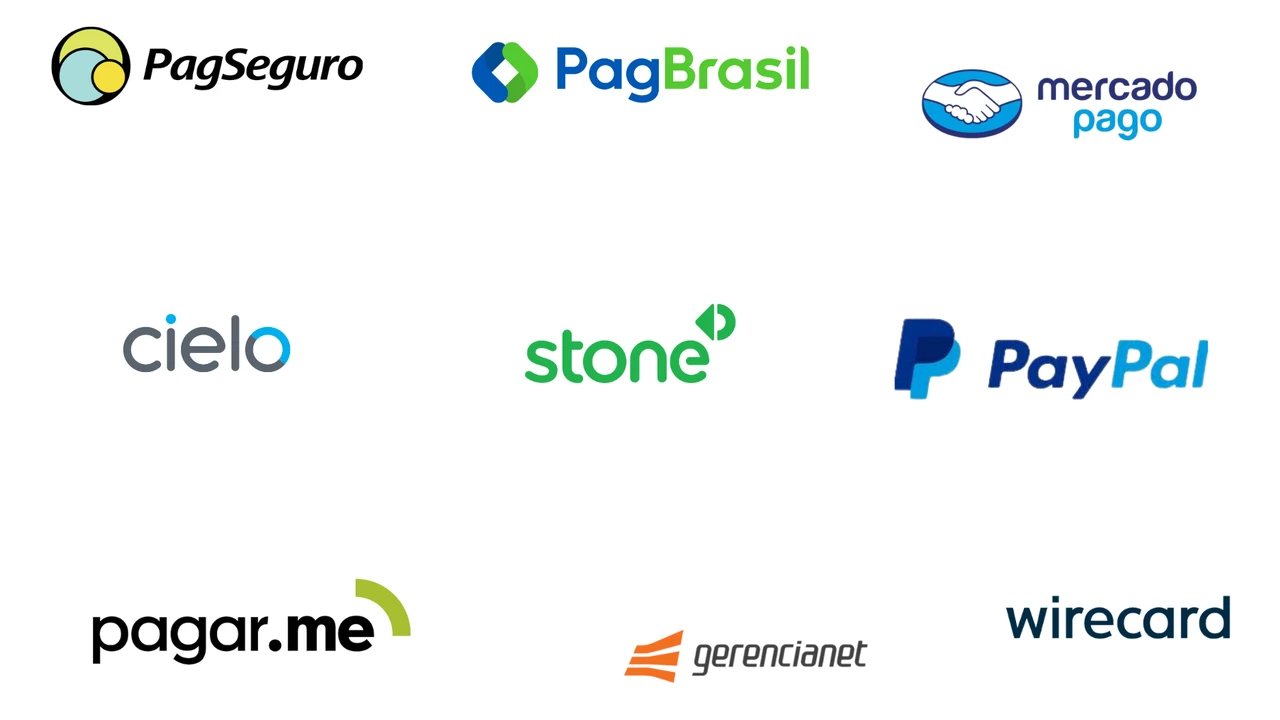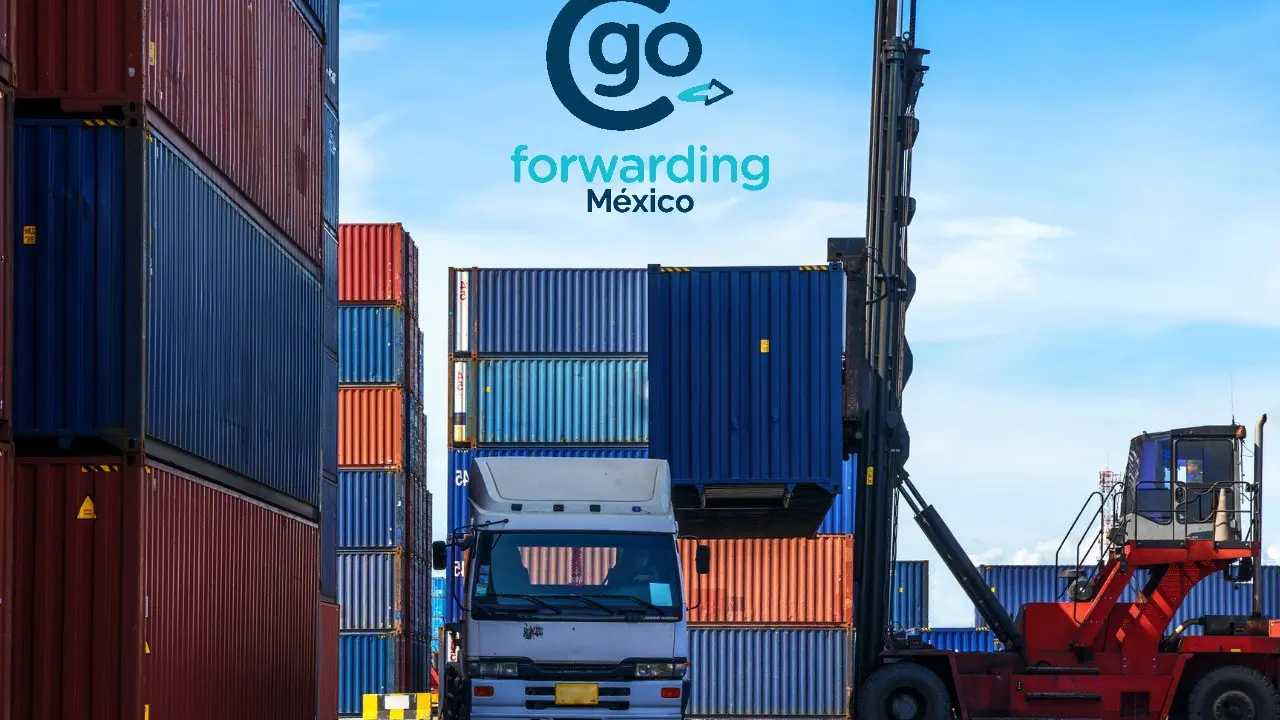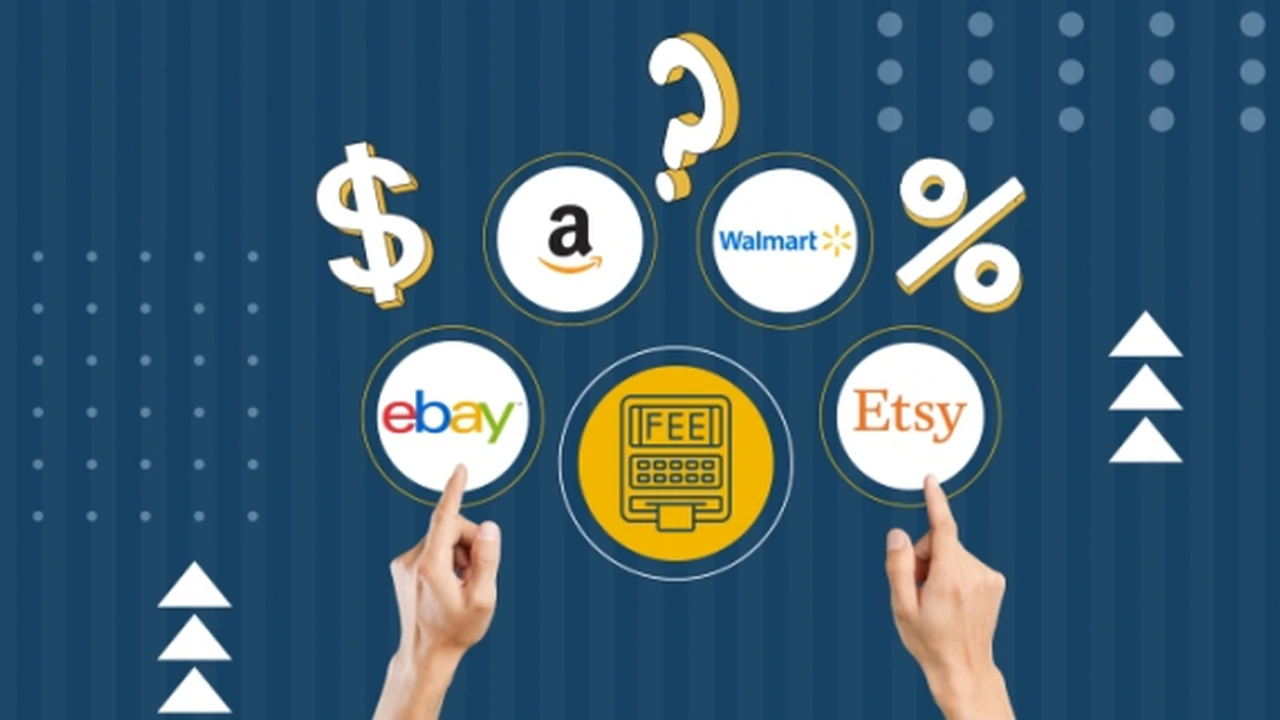7 Best Payment Gateways for Online Shops in SEA & Mexico in 2025
Sample meta description.

Introduction to Payment Gateways in Southeast Asia & Mexico for E-commerce in 2025
Alright, let's talk about something super crucial for online shops in Southeast Asia (SEA) and Mexico: payment gateways. It's 2025, and if you're running an e-commerce store in these regions, you *need* to be on top of your payment game. Think about it: a clunky or unreliable payment process can kill a sale faster than you can say "abandoned cart." We're going to dive into the top 7 payment gateways you should be considering to make sure your customers have a smooth and secure checkout experience. We will also discuss the nuances of each market, considering factors like mobile payment adoption, local payment preferences, and fraud prevention strategies.
Why Choosing the Right Payment Gateway Matters for Online Businesses in SEA & Mexico: Key Considerations
Why all the fuss about payment gateways? Well, it's not just about taking credit card payments. It's about offering a variety of options that your customers actually use. In SEA and Mexico, that means understanding local preferences. Are your customers more likely to use mobile wallets like GrabPay or GCash? Do they prefer bank transfers or even cash-on-delivery? A good payment gateway will support all of these, plus provide robust security to protect you and your customers from fraud. It's also about integration. Does the gateway play nicely with your e-commerce platform (Shopify, WooCommerce, etc.)? And what about fees? Transaction fees, setup fees, monthly fees – they can all add up, so you need to choose wisely. Finally, think about customer support. If something goes wrong with a payment, you want to be able to get help quickly and easily.
The Top 7 Payment Gateways for Online Shops in SEA & Mexico in 2025: A Detailed Review
Okay, let's get down to the nitty-gritty. Here are seven payment gateways that are making waves in SEA and Mexico, along with their pros, cons, and what makes them stand out:
1. Stripe: The Global Powerhouse with Local Adaptations for SEA & Mexico
Stripe is a big name for a reason. It's known for its developer-friendly API, extensive documentation, and wide range of features. It accepts all major credit and debit cards, plus popular digital wallets like Apple Pay and Google Pay. Stripe also offers tools for fraud prevention (Stripe Radar), subscription management, and marketplace payments. While Stripe is a global player, it's been actively expanding its support for local payment methods in SEA and Mexico, making it a solid choice for businesses targeting these regions.
Use Cases: Ideal for startups and established businesses that need a flexible and scalable payment solution. Great for subscription services, e-commerce stores selling a variety of products, and marketplaces connecting buyers and sellers.
Pros: Developer-friendly, comprehensive features, supports multiple currencies, strong fraud prevention, good documentation.
Cons: Can be complex to set up initially, transaction fees can be higher than some competitors, not all local payment methods are supported in every country.
Pricing: Typically charges a percentage-based fee plus a fixed fee per transaction (e.g., 2.9% + $0.30). Pricing varies depending on the region and payment method.
2. PayPal: The Trusted Name in Online Payments across SEA & Mexico
PayPal is a household name, and that familiarity can be a big advantage. Many customers already have a PayPal account, making it easy for them to check out quickly. PayPal supports a wide range of currencies and offers buyer and seller protection. It's also a good option for businesses that want to accept payments from customers who don't have a credit card.
Use Cases: Suitable for small businesses, online stores selling physical or digital products, and freelancers who need to invoice clients.
Pros: Widely recognized and trusted, easy to set up, supports multiple currencies, offers buyer and seller protection.
Cons: Transaction fees can be relatively high, disputes can be time-consuming to resolve, not as developer-friendly as Stripe.
Pricing: Typically charges a percentage-based fee plus a fixed fee per transaction (e.g., 3.49% + $0.49). Pricing varies depending on the region and payment method.
3. PayMaya (Philippines): Leading Mobile Wallet and Payment Gateway in the Philippines
If you're targeting the Philippines, PayMaya is a must-have. It's the leading mobile wallet in the country and is widely used for online and offline payments. PayMaya also offers a payment gateway that allows businesses to accept payments from PayMaya users, as well as credit and debit cards.
Use Cases: Essential for businesses operating in the Philippines, especially those targeting mobile users.
Pros: Popular in the Philippines, supports a large user base, offers various payment options, convenient for mobile users.
Cons: Primarily focused on the Philippines, limited international reach, integration may require specific PayMaya plugins or APIs.
Pricing: Pricing varies depending on the transaction volume and payment method. Contact PayMaya directly for specific pricing details.
4. Mercado Pago (Mexico): Dominant Payment Platform for Latin America
Mercado Pago is the payment arm of MercadoLibre, the largest e-commerce platform in Latin America. It's a dominant player in Mexico and offers a comprehensive suite of payment solutions, including credit and debit card processing, cash payments (Oxxo), and installment options. If you're serious about doing business in Mexico, Mercado Pago should be on your radar.
Use Cases: Ideal for businesses selling on MercadoLibre, as well as those looking to expand their reach in Mexico and Latin America.
Pros: Widely used in Mexico, supports various payment methods, offers installment options, integrated with MercadoLibre.
Cons: Primarily focused on Latin America, integration may require specific Mercado Pago APIs, fees can vary depending on the payment method and volume.
Pricing: Pricing varies depending on the payment method, risk profile, and sales volume. Contact Mercado Pago directly for specific pricing details.
5. Xendit: Southeast Asia's Rising Star in Payment Solutions
Xendit is quickly becoming a major player in Southeast Asia, offering a wide range of payment options, including credit and debit cards, bank transfers, e-wallets, and virtual accounts. They are known for their focus on automation and ease of integration, making them a great choice for businesses looking to streamline their payment processes.
Use Cases: Suited for businesses operating across multiple Southeast Asian countries, needing diverse payment method support and automated reconciliation.
Pros: Supports a wide variety of Southeast Asian payment methods, offers automated reconciliation, good API documentation, and competitive pricing.
Cons: Relatively newer compared to Stripe and PayPal, might have limited brand recognition in some regions.
Pricing: Varies based on the payment method and transaction volume. They offer tiered pricing plans to suit different business needs.
6. MOLPay (SEA): Established Payment Gateway with a Strong Presence in Southeast Asia
MOLPay is an established payment gateway with a strong presence in Southeast Asia, particularly in Malaysia and Singapore. They offer a wide range of payment options, including online banking, credit and debit cards, and e-wallets. MOLPay is known for its reliability and security, making it a popular choice for businesses of all sizes.
Use Cases: Well suited for established businesses in Malaysia and Singapore seeking a reliable and secure payment solution with good local support.
Pros: Strong presence in Malaysia and Singapore, reliable and secure, supports various payment methods, offers local support.
Cons: Might not be as developer-friendly as Stripe, potentially higher fees than some competitors.
Pricing: Pricing varies depending on the payment method and transaction volume. Contact MOLPay directly for specific pricing details.
7. eGHL (SEA): Another Strong Contender in the Southeast Asian Payment Landscape
eGHL is another established payment gateway in Southeast Asia, offering a wide range of payment options, including credit and debit cards, online banking, and e-wallets. They are known for their focus on security and fraud prevention, making them a popular choice for businesses that handle sensitive financial data.
Use Cases: Suitable for businesses requiring high levels of security and fraud prevention, especially those handling large transaction volumes.
Pros: Strong focus on security and fraud prevention, supports various payment methods, established presence in Southeast Asia.
Cons: Might be more expensive than some competitors, integration might require specific eGHL plugins or APIs.
Pricing: Pricing varies depending on the payment method, transaction volume, and security requirements. Contact eGHL directly for specific pricing details.
Comparing Payment Gateways: Stripe vs. PayPal vs. Xendit – Which is Best for Your Online Shop in SEA & Mexico?
Choosing between these gateways can be tough. Let's break down a quick comparison. Stripe is great for developers and businesses that need a lot of customization. PayPal is a good option if you want to leverage its brand recognition and easy setup. Xendit shines in Southeast Asia with its wide array of local payment options and automation capabilities. Consider your specific needs and target market when making your decision.
For example, if you are targeting primarily the Philippines and need to accept mobile wallet payments, PayMaya is a must-have. If your focus is Mexico, Mercado Pago's dominance makes it a strong contender. If you require multi-country support in SEA with automated reconciliation, Xendit is worth considering.
Mobile Payment Optimization: Essential for E-commerce Success in SEA & Mexico
Don't forget about mobile! Mobile commerce is huge in SEA and Mexico, so you need to make sure your payment gateway is optimized for mobile devices. That means a responsive design, easy-to-use checkout process, and support for mobile wallets like GrabPay, GCash, and others. Test your checkout flow on different mobile devices to ensure a smooth experience for your customers.
Security and Fraud Prevention: Protecting Your Online Business in SEA & Mexico
Security is paramount. Choose a payment gateway that offers robust fraud prevention tools, such as address verification, CVV verification, and fraud scoring. Implement strong password policies and keep your software up to date. Monitor your transactions for suspicious activity and be prepared to handle chargebacks.
The Future of Payment Gateways in SEA & Mexico: Trends to Watch in 2025 and Beyond
The payment landscape is constantly evolving. Keep an eye on emerging trends like blockchain-based payments, biometric authentication, and the increasing popularity of Buy Now, Pay Later (BNPL) services. By staying ahead of the curve, you can ensure that your online shop is always offering the latest and greatest payment options to your customers.
:max_bytes(150000):strip_icc()/277019-baked-pork-chops-with-cream-of-mushroom-soup-DDMFS-beauty-4x3-BG-7505-5762b731cf30447d9cbbbbbf387beafa.jpg)






